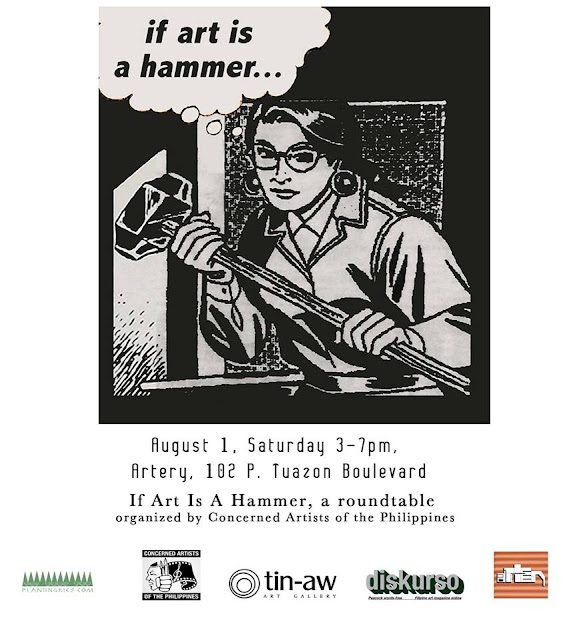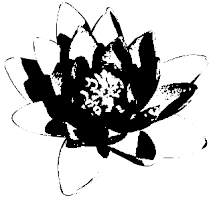Based on
my own speculation, the existence of info shops roughly coincides with the
proliferation of artist-run spaces during the late 1990s and early 2000s. One
possible impetus of such socio-political transformation in the arts and also
activism would be the Asian Financial Crisis, 9-11 which caused the war on
terrorism and the failure of the WTO new round. Green Papaya published a report
about the existing artist-run spaces in the Philippines, among mentioned that I
am familiar with is the Surrounded by Water and Big Sky Mind. The first info
shop that I am aware of is the Kinaiyahan Unahon social center, an indigenized
deep ecology movement in Davao which was the offshoot of the Davao Anarchist
Resistance Movement. Of course, during the previous decades in particular in
the First Quarter Storm, there were mosquito presses and alternative
publications which was the locus of arts and cause oriented groups.
Another
situation would be Markets of Resistance in Baguio and Markets of Resistance
Redux in Manila. As I understand, it was the outcome of the multidisciplinary
research spearheaded by the newly-founded Institute for Historical, Cultural
Heritage. But according to some friends in Baguio, it received flaks for its
presumptuousness and ambiguity about resistance. Incidentally, there are at
least two other appropriation of markets: autonomous groups’ really, really
free market and 98b’s monthly future market.
I raised these concerns during the artists talk of MoR redux at PWU
which the curator and progenitor, Angel Shaw was able to address impartially.
I remember during the previous Philippine Arts Fair, I would
say that there is a boom in the art market in the country. Probably it is a
resonance of the boom in Southeast Asia if not the whole region in the art
market. Even with the talk of ASEAN integration and one common economic market,
neo liberal policies are at work and most likely it manifests also in the local
scene. It could be argued that some if not all so-called artist-run spaces and
alternative spaces are enjoying fund support from institutional channels such
as foundations and endowment from the state.
I suppose
most multimedia collectives such as Southern Tagalog Exposure, Kodao, Alter
Midya, Dakila have provided content on their own but some are continually
seeking funding from the state such as Cultural Center or the Cultural and Arts
Commission and even private institutions or foundations. Therefore, the content
that is produced might be tainted and compromised already. In terms of
particular mass distribution channels,
in the urban centers most probably cinema, television and the web would
be the most widespread. But perhaps in the rural areas, print and radio would
be more prevalent. For example, in Marinduque theater collectives like
KARATAULA and Sinagbayan would have local chapters which are mainly based in
schools both secondary and tertiary.
I don't
think you can draw a line that would divide institutional spaces or mainstream
platforms as opposed to the alternative sites. Yes, on a general level it is
diametrically-opposed. But the way I see it, not necessarily, I think the lines
could be that of linkages and transversal lines which connects and creates
conjunctures rather conflict and antagonism. However, these spaces, platforms
and sites are transitory and tactical. In the long run, creating a new commons
and immaterial practices would be more strategic than being dependent with institutional
endowment and grant support from foundations.




0 comments:
Post a Comment